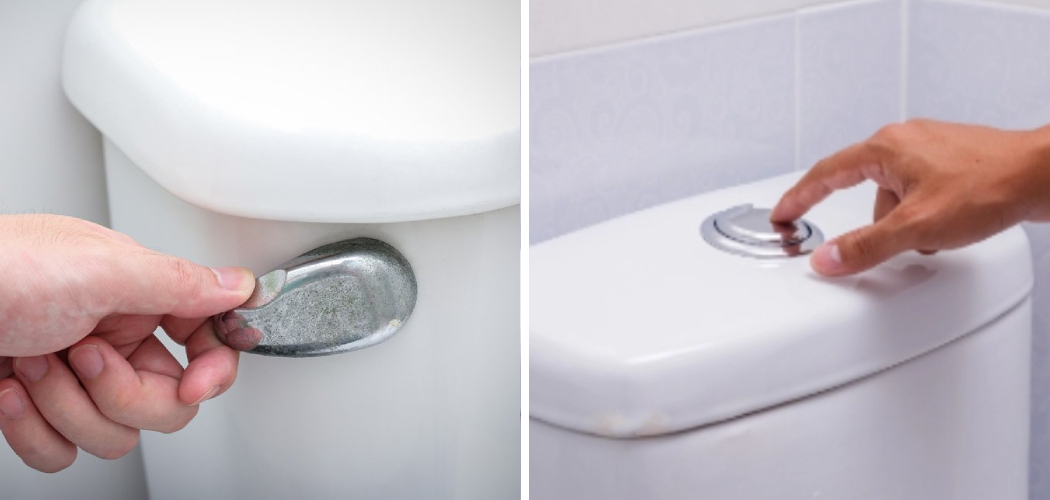Using a toilet when the water supply is off requires some ingenuity and careful management to ensure proper functionality without causing plumbing issues.
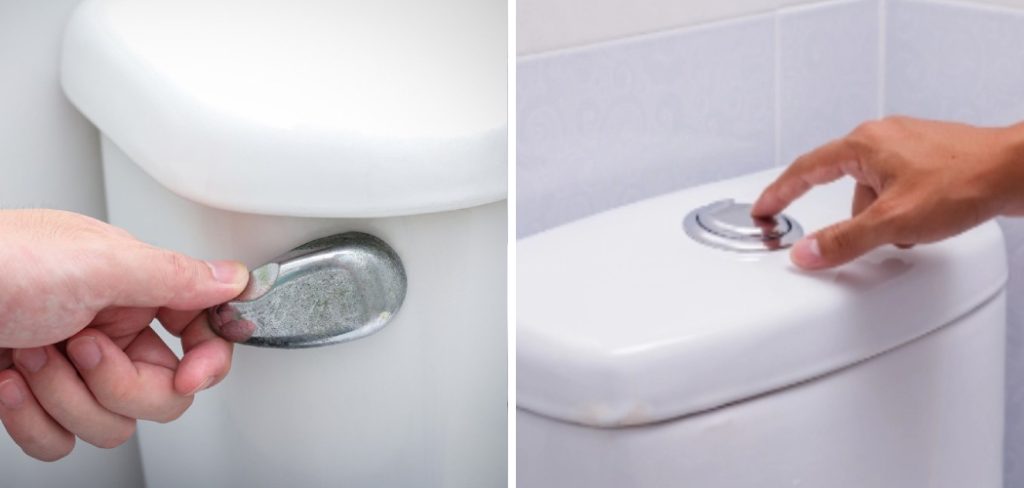
Whether due to maintenance, emergencies, or water shortages, knowing how to navigate this situation can prevent inconvenience and potential damage.
This guide explores practical methods and considerations for how to use toilet when water is off. From conserving existing water for essential flushes to utilizing alternative water sources like stored supplies or melted ice, each approach ensures minimal disruption.
Additionally, employing hygiene practices such as using disposable liners or bags can simplify waste management in the absence of flushing. Understanding these strategies ensures you’re prepared to handle temporary water interruptions while maintaining cleanliness and efficiency.
By following these tips, you can manage toilet use effectively during water outages, ensuring comfort and sanitation until normal water supply resumes.
The Importance of Water in Toilets
Water plays a crucial role in the functionality of toilets, serving as the primary medium for waste removal and maintaining sanitary conditions. When a toilet is flushed, water from the tank flows into the bowl, creating a siphoning effect that pulls waste through the plumbing system and into the sewer or septic tank. This process not only removes waste but also helps to prevent clogs and keep the toilet bowl clean.
Additionally, water in the toilet bowl acts as a barrier, blocking sewer gases from entering the living space and ensuring that unpleasant odors are contained.
The presence of water is indispensable for hygienic waste disposal, making it a vital component in any household or public restroom setting. Understanding the importance of water in toilets underscores why conserving and managing water resources is essential, particularly during outages or periods of limited supply.
Consequences of Water Interruptions
Experiencing water interruptions can significantly impact the functionality and hygiene of toilets, leading to a range of consequences.

The immediate effect is the inability to flush waste, which can result in unsanitary conditions if waste is allowed to accumulate. Without the regular influx of water, toilets can emit unpleasant odors and potentially become breeding grounds for bacteria and other pathogens, posing health risks.
Additionally, frequent or prolonged water interruptions can increase the risk of plumbing issues, such as blockages and clogs, because the waste isn’t effectively washed away. This can lead to more severe repairs and maintenance costs over time.
The absence of water also eliminates the barrier that prevents sewer gases from entering the indoor environment, contributing to an uncomfortable and potentially hazardous living space. Understanding these consequences emphasizes the importance of having a plan in place for managing toilet use during water outages to maintain cleanliness, hygiene, and overall household safety.
10 Methods How to Use Toilet when Water Is off
1. Prepare in Advance
Anticipating situations where the water supply might be disrupted allows you to prepare ahead of time. Keep essential supplies readily available, such as bottled water for drinking and hygiene needs. Store a bucket or containers of water that can be used for flushing or cleaning purposes. Having these items on hand ensures you can manage the situation calmly and efficiently when faced with a water outage.
2. Use Disposable Sanitary Products
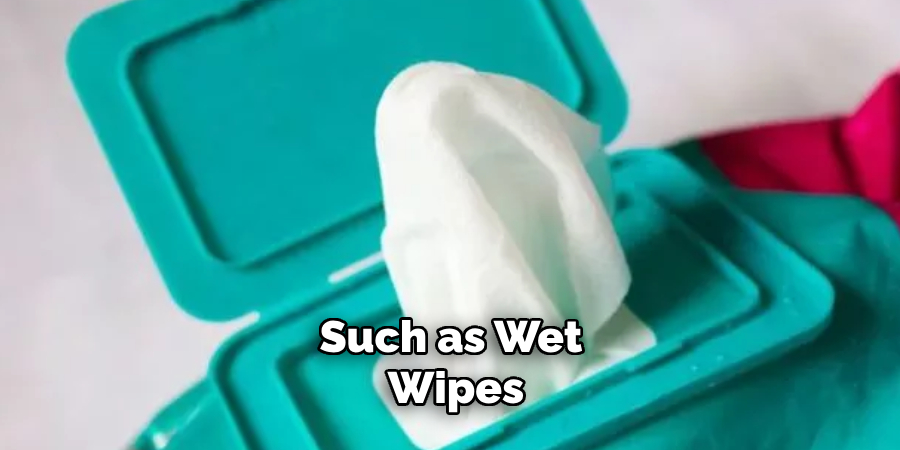
Disposable sanitary products, such as wet wipes, baby wipes, or pre-moistened towelettes, are invaluable when water is unavailable. They can be used for personal hygiene after using the toilet, effectively cleaning the genital area and reducing discomfort. Ensure the wipes are flushable or dispose of them in a dedicated waste bin to prevent clogging the toilet drain. Stock up on an adequate supply to last through the duration of the water outage.
3. Employ a Portable Camping Toilet
A portable camping toilet provides a convenient alternative when traditional plumbing is unavailable. These toilets are designed for outdoor use and feature a waste-holding tank or disposable bags to capture waste. Place the portable toilet in a designated area, such as a bathroom or secluded space, for privacy. Follow the manufacturer’s instructions for assembly, waste disposal, and cleaning to maintain hygiene and ensure proper functioning.
4. Utilize a Bucket or Container
In the absence of a portable toilet, a bucket or large container can serve as a makeshift toilet. Line the bucket with a disposable trash bag or heavy-duty garbage bag to contain waste. Place the bucket in a secluded area with a lid for privacy. After each use, sprinkle a small amount of cat litter, sawdust, or baking soda into the bag to absorb liquids and minimize odors. Securely tie and dispose of the bag in an appropriate waste disposal location once full.
5. Implement Water Conservation Techniques
During a water outage, conserve any remaining water for essential purposes, such as drinking and hygiene. Use minimal water for flushing by pouring a small amount directly into the toilet bowl to facilitate waste removal. Alternatively, collect rainwater or melted snow in containers for flushing toilets if available. Limit non-essential water usage until the water supply is restored to maximize available resources and maintain sanitation.
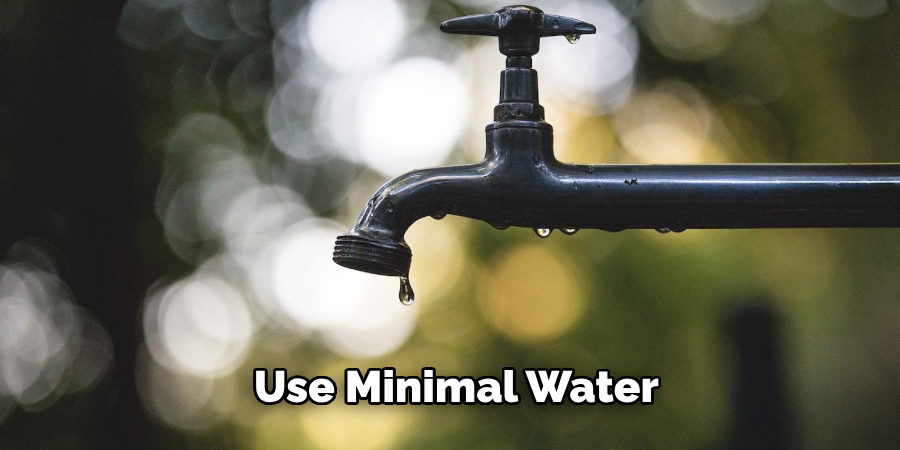
6. Explore Alternative Flushing Methods
If you have access to a water source, such as stored rainwater or melted snow, explore alternative flushing methods to maintain toilet functionality. Use a bucket or large container to scoop water and pour it directly into the toilet bowl. This manual flushing technique helps remove waste and replenish the toilet bowl water level. Repeat as necessary until the waste is adequately flushed and the toilet bowl remains clean.
7. Maintain Hygiene Practices
Maintaining personal hygiene is essential when water is unavailable to ensure cleanliness and prevent the spread of germs. Wash hands thoroughly with hand sanitizer or antibacterial wipes after using the toilet or handling waste. Use disposable gloves when handling waste disposal bags or cleaning toilet surfaces. Regularly disinfect high-touch surfaces, such as toilet seats and door handles, to minimize bacterial contamination.
8. Consider Odor Control Measures
To mitigate unpleasant odors during a water outage, use odor-neutralizing products or techniques. Place odor-absorbing materials, such as baking soda or activated charcoal, near the toilet area to absorb foul smells. Use scented trash bags or disposable liners inside waste containers to contain odors effectively. Ventilate the toilet area by opening windows or using a portable fan to circulate air and reduce stagnant odors.
9. Plan for Waste Disposal
Proper waste disposal is crucial when managing a toilet without running water. Ensure that waste is contained securely in disposable bags or waste containers lined with heavy-duty liners. Tie the bags securely to prevent leaks and odors, and dispose of them in designated waste disposal areas or facilities. Follow local regulations and guidelines for waste disposal to minimize environmental impact and maintain sanitation standards.
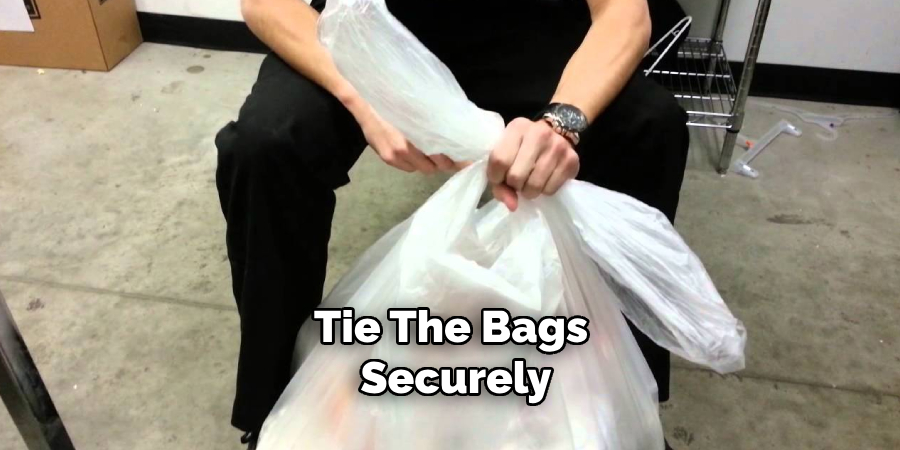
10. Monitor and Prepare for Water Restoration
Monitor updates from water utility providers or local authorities regarding the status of water restoration efforts. Prepare for potential delays in water supply restoration by conserving resources and adjusting daily routines accordingly.
Once water service is restored, flush toilets several times to clear residual waste and debris from plumbing lines. Run faucets and showers to flush out stagnant water and restore normal water pressure throughout the plumbing system.
Things to Consider When Managing Toilet Use During Water Outages
When confronting a water outage, effective management of toilet use is pivotal to maintaining hygiene and household safety. Here are some important considerations:
- Health and Sanitation: Ensuring health and sanitation is paramount. Use gloves and hand sanitizers to mitigate the risk of contamination while handling waste. Be vigilant about personal hygiene, especially in a situation where regular washing with water is compromised.
- Resource Management: Conserve water and other resources judiciously. Prioritize the remaining water for drinking and essential hygiene. Explore alternative methods for flushing toilets, such as rainwater collection, to stretch limited supplies.
- Environmental Impact: Be mindful of the environmental impact related to waste disposal during water outages. Use biodegradable bags and proper disposal techniques to avoid harming the environment.
- Family Communication: Clear communication with household members about waste management protocols can prevent mishandling and ensure everyone adheres to health guidelines. This includes informing them of the necessity of conserving water and hygienic disposal practices.
- Preparation for Restoration: Stay informed about water restoration efforts and be ready to transition back to regular water use practices once services are restored. Ensure that all members are aware of the required flushing procedures and sanitation measures to clear out any residual waste from the plumbing system.
Conclusion
Using a toilet when the water is off requires resourcefulness, preparation, and adherence to hygiene practices to maintain comfort and sanitation. By following these ten comprehensive methods, you can effectively manage toilet use during a water outage or plumbing emergency.
Preparation with essential supplies, utilizing disposable sanitary products, and employing alternative toilet options such as portable camping toilets or makeshift buckets ensure you can navigate the situation with minimal disruption. Thanks for reading, and we hope this has given you some inspiration on how to use toilet when water is off!

